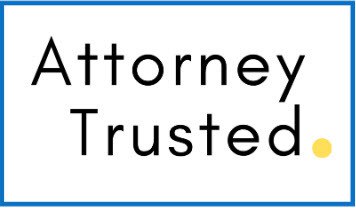When you think of illicit drugs or drugs that people are likely to abuse, you may not immediately think of glue, paint thinners, or whipped cream dispensers. However, these products all fall under the category of inhalants. This overview will explore in more detail what inhalants are, how and why they are abused, their background, and more.
Drug Details – What Are Inhalants?
While a number of different illicit drugs can be snorted or inhaled, the term inhalants specifically refer to a variety of otherwise legal substances that are almost exclusively abused by inhaling them. These include solvents, aerosols, nitrites, gasses, and others. In general, inhalants were not created to be consumed as drugs (or at all), and so they are not typically considered drugs or controlled substances. However, when purposefully inhaled, these products become dangerous drugs.
So how and why do people abuse inhalants? Essentially, many of the normal products you will find around your home or office contain ingredients that have mind-altering qualities. Typically, teens, children, and others looking for an easily accessible, the inexpensive high will abuse inhalants like markers, spray paint, adhesives, and others.
A Brief History of Inhalants
Believe it or not, inhalants go much further back in history than the invention of aerosol cans and permanent markers. There is some evidence that people in India, China, Egypt, and throughout the Middle East inhaled a number of different types of gas vapors to achieve an altered state. In fact, there is a common theory that the Oracle of Delphi priestesses gained their visions from getting high inhaling psychoactive substances.
In the late 18th and early 19th centuries, ether, nitrous oxide, and chloroform were all popular anesthetics. Noting the altered state that nitrous oxide-induced, Sir Humphry Davy, a British scientist, touted nitrous oxide as an inexpensive alternative to alcohol and coined the term “laughing gas”.
It wasn’t until the 1940s that many people in the US began recreationally inhaling solvents and other household inhalants. That trend has continued and is still prevalent today.
Street Names for Inhalants
Some of the most common street names for solvents include:
- Laughing gas
- Poppers
- Whippets
- Snappers
The practice of abusing inhalants is often called huffing, and some of the most commonly abused chemicals include amyl nitrite and toluene, in addition to nitrous oxide.
Side Effects of Using Inhalants
Using inhalants can produce a number of different negative side effects, including but not limited to:
- Loss of coordination
- Slurred speech
- Dizziness
- Lightheadedness
- Delusions
- Addiction
- Nausea and vomiting
- Liver and/or kidney damage
- Damage to bone marrow
- Impaired hearing
- Impaired memory
- Limb spasms
- Permanent brain damage
In addition to the psychoactive effects of huffing certain chemicals, inhalants also get users high by depriving their brains of oxygen. Too much oxygen deprivation can not only lead to permanent brain damage but may actually be fatal.
What Does the High From Inhalants Feel Like?
The high from inhalants is short-lived. Huffing from a spray paint can or whipped cream dispenser can result in about 30 seconds to a minute of feeling high. That high usually does not come with hallucinations, but the user may feel a full-body buzz, and sound and sight may be distorted. In most cases, users will not just huff a product once or twice but continue to inhale repeatedly each time the high wears off.
Because inhalants are found in households, offices, and workplaces across the country and have perfectly legal and reasonable uses, the DEA does not schedule them. However, they should still be considered highly dangerous.












